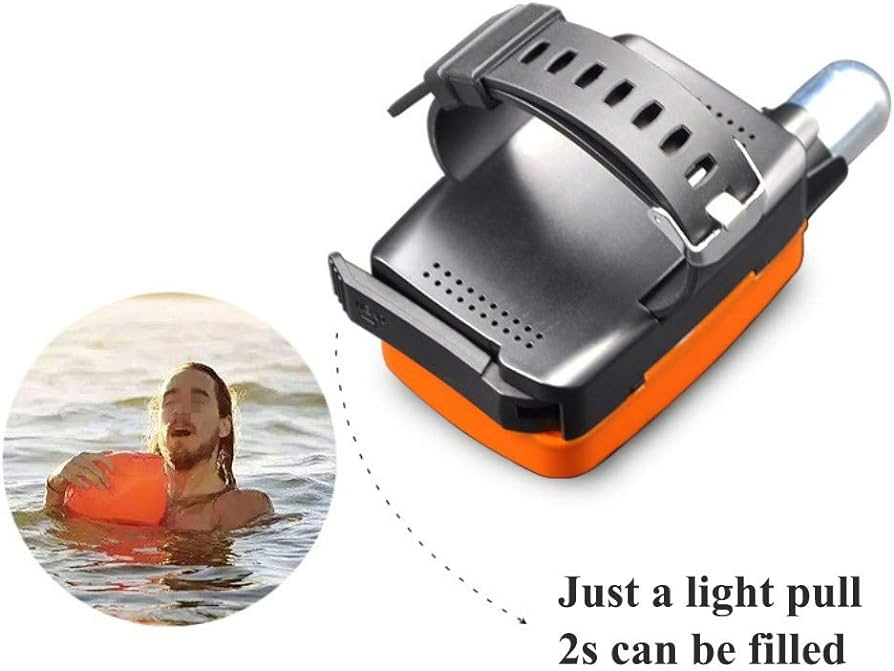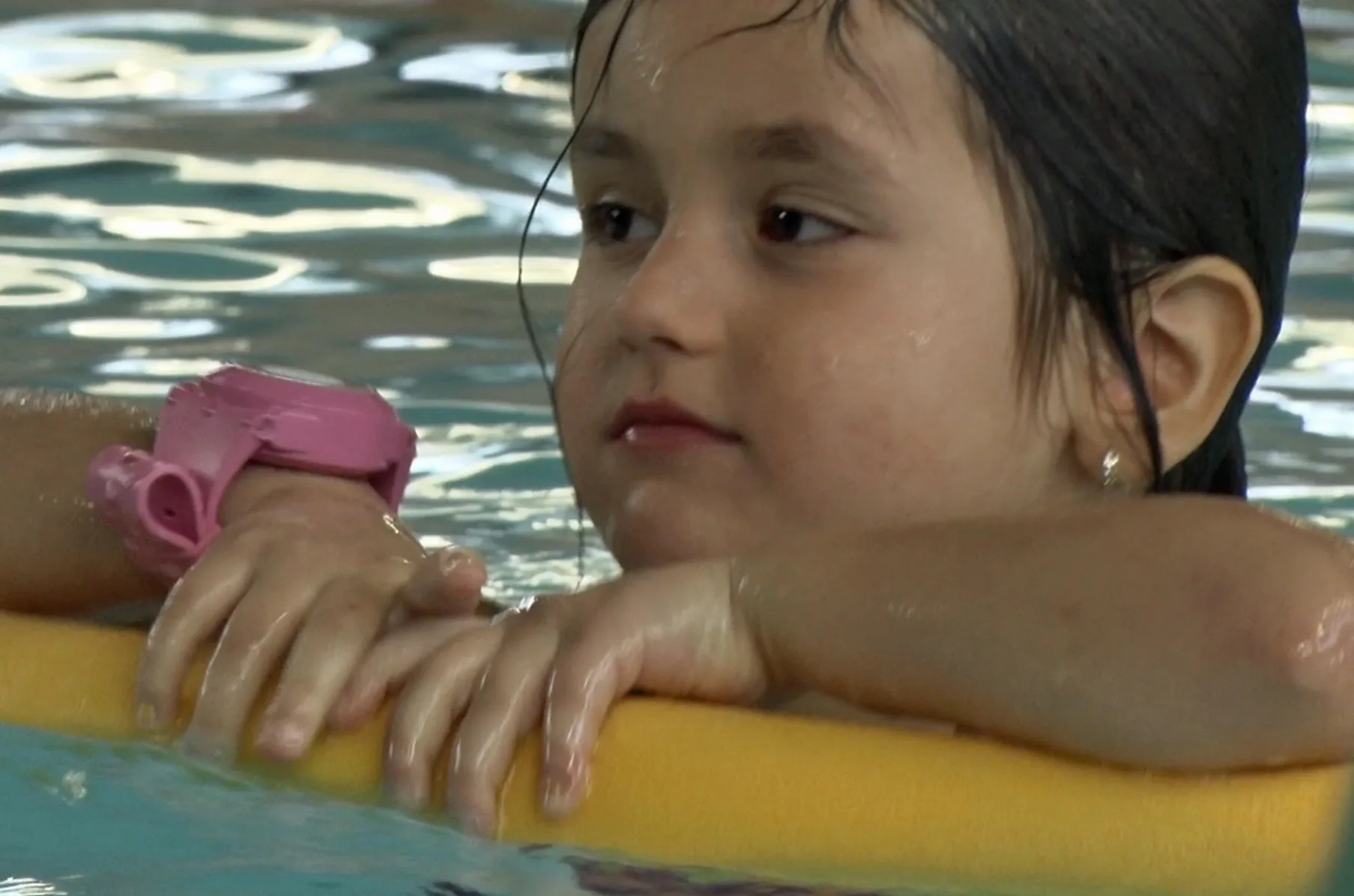In the world of aquatic safety, an innovative breakthrough has been witnessed with the introduction of a wristband designed to serve as a lifeguard. This wristband is the way for further robotic innovations, such as autonomous underwater drones capable of scanning water bodies for distressed swimmers faster than human lifeguards ever could.
Robotic wristwatch is a gateway of robotics for kids to learn basic programming, engineering principles, and the importance of time management through interactive and engaging hands-on activities, fostering curiosity and problem-solving skills.
These robots could work in with wristbands, where the wristband signals a distress alert, and robotic lifeguards are moved to provide immediate assistance, ensuring an extra layer of safety. Such advancements showcase the potential of robotics to transform aquatic safety measures, significantly reducing response times in emergencies and augmenting the efforts of human lifeguards with precision and speed.
1. Enhanced Safety Measures Provided by the Wristband
At the heart of its design, the wristband is equipped with sensors that are capable of detecting distress signals when a swimmer is in trouble. Once activated, an immediate alert is sent to the nearest lifeguard, ensuring a swift response to potential emergencies. The utilization of this technology has been acknowledged as a significant advancement in the realm of aquatic safety.
Recommended reading: INNOVATIVE FLOATING BACKPACK – EXPERIENCE EFFORTLESS RUNNING
2. The Technology Behind the Innovation
Developed by experts in safety technology, the wristband incorporates advanced algorithms and sensors that monitor the swimmer’s vital signs and movements. It can detect unusual patterns that may indicate distress or the onset of drowning. The data collected by the wristband is continuously analyzed, and alerts are generated with remarkable accuracy, thereby minimizing false alarms.
3. A Complementary Tool for Lifeguards
The wristband is like a complementary tool for lifeguards rather than a replacement. Lifeguards are provided with an additional layer of surveillance, enabling them to react more effectively to emergencies. The band has been praised for its role in augmenting the traditional methods of supervision and rescue performed by lifeguards.
4. Applications Beyond the Pool
The versatility of the wristband extends beyond the confines of swimming pools. It has been effectively employed in various aquatic environments, including beaches, lakes, and water parks. The adaptability of the wristband to different settings marks it as an invaluable asset in the promotion of water safety across diverse scenarios.
5. The Future of Aquatic Safety
The introduction of the wristband as a lifeguard is a significant development in aquatic safety measures. Its objective is to reduce the incidence of drowning. As technology continues to advance, the potential for further innovations in this domain remains vast, with the wristband serving as a prime example of how inventive solutions can lead to significant improvements in public safety.
In conclusion, the innovative wristband is indeed a welcomed device. Its ability to provide real-time alerts and enhance the effectiveness of rescue efforts can be instrumental in safeguarding the lives of swimmers.
Moonpreneur is dedicated to preparing your child for success in college and the evolving world of AI. To kickstart your child’s journey in robotics, sign up for a free 60-minute workshop today!






























